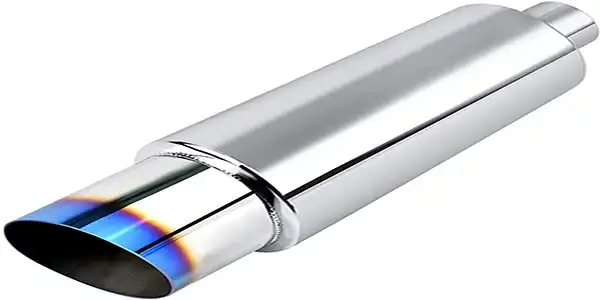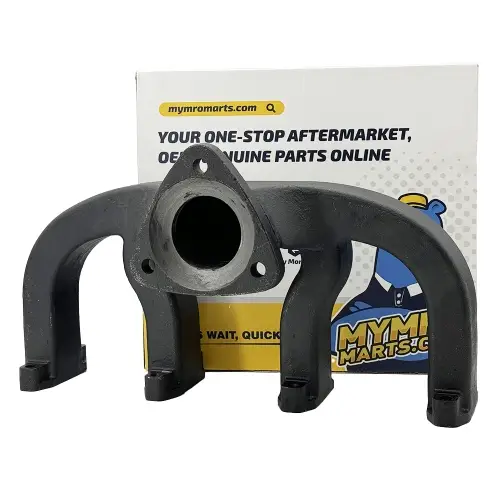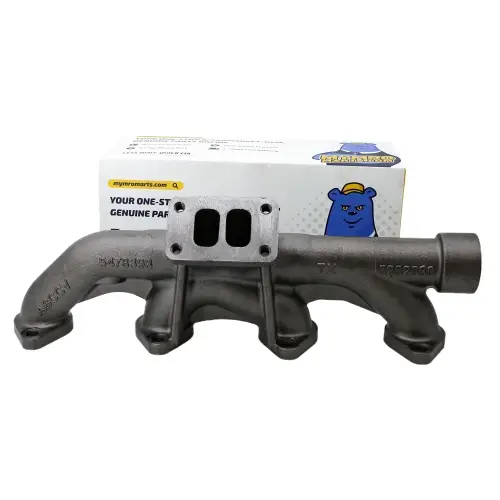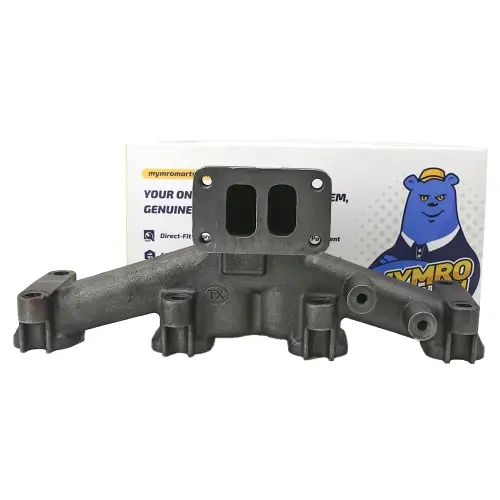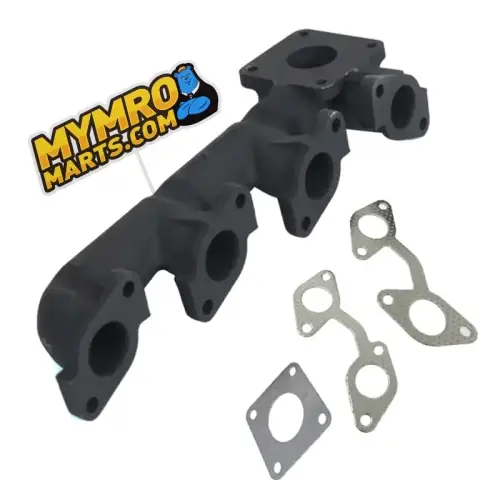The Main Components of the Intake and Exhaust System
The performance of the engine's intake and exhaust systems also has a direct impact on the engine's power, economy, and emission performance. Diesel engines and gasoline engines are distinguished due to the different properties of the fuel used. So what is intake and exhaust system components of the engine? The exhaust systems of the two are basically the same, but the fuel supply methods are different, which in turn causes the structure of the intake system to be different. The function of the engine intake and exhaust system is to supply fresh air to the engine and discharge the exhaust gas after the combustion of the engine to the atmosphere. The intake system of the engine is mainly composed of an air filter and an intake manifold, and the exhaust system of the engine is mainly composed of an exhaust manifold, an exhaust pipe, and an exhaust muffler.
1. Intake and exhaust manifolds
1) Intake manifold The function of the intake manifold of a diesel engine is to send air to each cylinder of the engine respectively. The design principle of the intake manifold of a diesel engine is to only consider the amount of air entering each cylinder as much as possible. Because most diesel engines are low-speed engines, the requirements for high-speed airflow are low, and the intake pipe can be enlarged. Since the diesel engine uses in-cylinder injection, there is no need to consider the problems of atomization and uniform mixing in the intake manifold.
2)Exhaust system parts and function. The function of the exhaust manifold is to collect the exhaust gas from each cylinder of the engine and discharge it safely into the atmosphere. The engine exhaust manifold is generally cast with cast iron, and asbestos gaskets are installed at the joint surface to resist high temperatures and prevent air leakage. The principle of designing the exhaust pipe is to reduce the exhaust back pressure, and the smaller the exhaust resistance, the better. The exhaust outlet of a four-cylinder engine is generally a double outlet, and every two cylinders share one outlet. In doing so, the inertia of the exhaust can be used to reduce the exhaust back pressure and increase the power of the engine.
2. Muffler
The function of the exhaust muffler is to reduce exhaust noise and eliminate flames and sparks in the exhaust gas so that the exhaust gas can be safely discharged into the atmosphere.
When the exhaust gas of the engine flows in the exhaust manifold, due to the influence of the opening and closing of the exhaust valve and the reciprocating motion of the piston, the airflow is in the form of pulsation. When the exhaust valve is just opened, the gas pressure is 0.4MPa, with a certain amount of energy, and the temperature of the exhaust gas exceeds 1000°C. If the exhaust gas is directly discharged into the atmosphere, pulsating noise and strong jet noise will be emitted when the exhaust gas is sprayed into the atmosphere at a high speed. At the same time, the discharge of high-temperature gas into the atmosphere will also cause harm to the environment. In order to eliminate the above problems, a muffler must be installed on the forklift. The basic principle is to consume the energy of the exhaust gas flow and balance the pressure wave of the gas flow.
Adding an exhaust muffler will inevitably increase the resistance of the airflow and reduce the engine power. The resistance of the exhaust muffler should be less than 40kPa.
The muffler shell is welded with thin steel plates, and aluminized treatment is often used to prolong the service life. Both ends of the muffler have a mouth and an outlet, and there is a partition in the middle. When it is divided into several mufflers of different sizes, the muffler chambers are connected by pipes with many small holes. After the exhaust gas enters the porous tube and the anechoic chamber, it expands and cools here. After being reflected, it collides with the inner wall of the muffler many times to consume energy. As a result, the pressure drops, the vibration is reduced, and finally, it is discharged from the porous tube to the atmosphere.
 Track Your Order
Track Your Order




